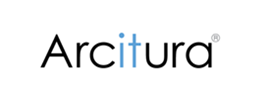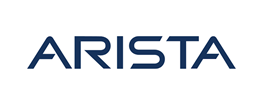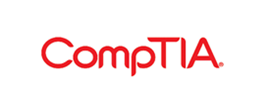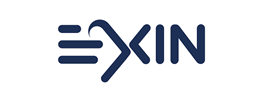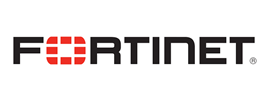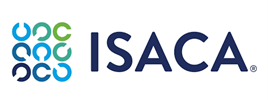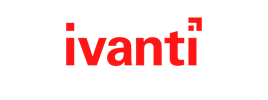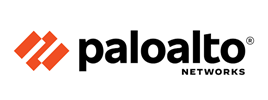- Course overview
- Course details
- Prerequisites
Course overview
About this course
CompTIA’s A+ Certification is the industry standard for validating the foundational skills needed by support technicians in today's digital world. A technical support professional does much more than fix a PC, they now must understand how applications work across systems and be capable of solving problems that help to keep the business running smoothly.
The CompTIA A+ Certification has recently been updated to reflect the growing focus on topics such cybersecurity, Privacy, IoT, Scripting, Virtualization and Cloud,
This globally recognized vendor-neutral certification requires that you pass two exams: CompTIA A+ Core 1 Exam 220-1001 and Core 2 Exam 220-1002.
Audience profile
Entry-level IT Professionals in a technical support role
At course completion
you should be able to:
- Support basic IT infrastructure, including endpoint management, advanced device connectivity troubleshooting, and basic networking
- Configure and support PC, mobile and IoT device hardware, including components, connectors and peripherals
- Implement basic data backup and recovery methods and apply data storage and management best practices
- Demonstrate baseline security skills for IT support professionals, including detecting and removing malware, addressing privacy concerns, physical security and device hardening
- Configure device operating systems, including Windows, Mac, Linux, Chrome OS, Android and iOS and administer client-based as well as cloud-based (SaaS) software
- Troubleshoot and problem solve core service and support challenges while applying best practices for documentation, change management, and the use of scripting in IT support
Course details
Module 1: Core 1
Mobile Devices
- Install and configure laptop & components
- Compare and contrast characteristics of various types of other mobile devices
- Connect and configure accessories and ports of other mobile devices & accessories
- Configure basic mobile device network connectivity and application support
- Use methods to perform mobile device synchronization
Networking
- Compare and contrast TCP and UDP ports, protocols and their purposes
- Compare and contrast common networking hardware devices
- Install and configure a basic wired/wireless SOHO network
- Compare and contrast wireless networking protocols
- Summarize the properties and purposes of services provided by networked hosts
- Explain common network configuration concepts
- Compare and contrast Internet connection types, network types, and their features
Hardware
- Explain basic cable and connector types, features, and their purposes
- Summarize power supply types and features
- Select and configure appropriate components & devices for a custom PC configuration to meet customer specifications or needs
- Configure SOHO multifunction devices/ printers and settings
- Install and maintain various print technologies
Virtualization and Cloud Computing
- Compare and contrast cloud computing concepts
- Set up and configure client-side virtualization
- Network and Hardware Troubleshooting
- Use the best practice methodology to resolve problems
- Troubleshoot hard drives and RAID arrays and problems related to motherboards, RAM, power and more
- Troubleshoot video, projector and display issues
- Troubleshoot common mobile device issues while adhering to the appropriate procedures
- Troubleshoot common wired and wireless network problems
Module 2: Core 2
Operating Systems
- Compare and contrast common operating system types and their purposes
- Compare and contrast features of Microsoft Windows versions
- Summarize general OS installation considerations and upgrade methods
- Use appropriate Microsoft command line tools
- Use Microsoft operating system features and tools
- Use Microsoft Windows Control Panel utilities
- Summarize application installation and configuration concepts
- Configure Microsoft Windows networking on a client/desktop
- Use features and tools of the Mac OS and Linux client/desktop operating systems
Security
- Summarize the importance of physical security measures
- Explain logical security concepts
- Compare and contrast wireless security protocols and authentication methods
- Given a scenario, detect, remove and prevent malware using appropriate tools and methods
- Compare and contrast social engineering, threat and vulnerabilities
- Compare and contrast the differences of basic Microsoft Windows OS security settings
- Implement security best practices to secure a workstation
- Implement methods for securing mobile devices
- Implement appropriate data destruction and disposal methods
- Configure security on SOHO wireless and wired networks
Software Troubleshooting
- Troubleshoot Microsoft Windows OS problems
- Troubleshoot and resolve PC security issues
- Use best practice procedures for malware removal
- Troubleshoot mobile OS and application issues
- Troubleshoot mobile OS and application security issues
Operational Procedures
- Compare and contrast best practices associated with types of documentation
- Implement basic change management best practices
- Implement basic disaster prevention and recovery methods
- Explain common safety procedures
- Explain environmental impacts and appropriate controls
- Explain the processes for addressing prohibited content/ activity, and privacy, licensing, and policy concepts
- Use proper communication techniques and professionalism
- Identify the basics of scripting
- Use remote access technologies
Prerequisites
Attendees should meet the following prerequisites:
- Recognize the main components of a PC and different data media such as USB drives and DVD.
- Start the computer and navigate the desktop.
- Use Windows Explorer to create directories and subdirectories and manage files.
- Use a web browser such as Internet Explorer to view websites.
Enquiry
Course : CompTIA A+
Enquiry
request for : CompTIA A+

